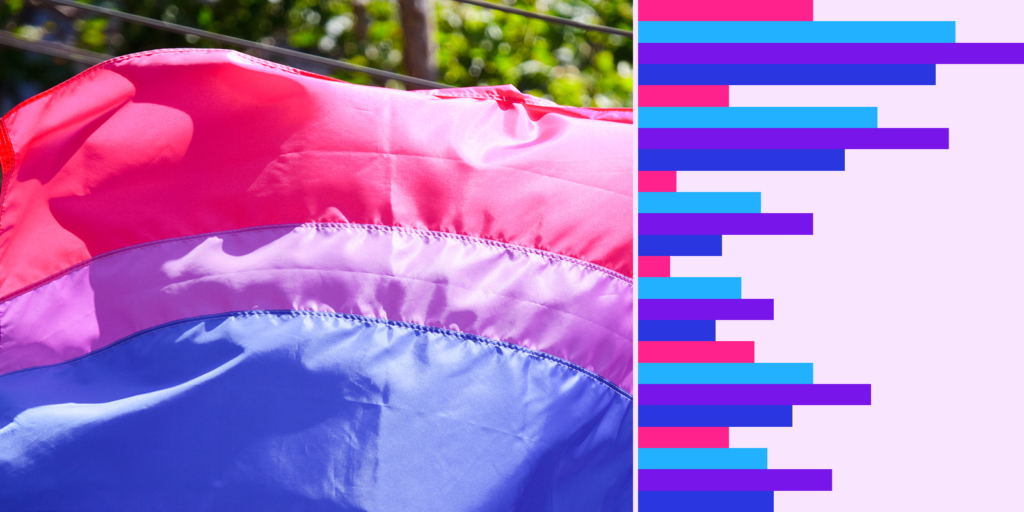Radish to romanesco: A year in vegetables
February 20th, 2025
4 min
Datawrapper lets you show your data as beautiful charts, maps or tables with a few clicks. Find out more about all the available visualization types.
Our mission is to help everyone communicate with data - from newsrooms to global enterprises, non-profits or public service.
We want to enable everyone to create beautiful charts, maps, and tables. New to data visualization? Or do you have specific questions about us? You'll find all the answers here.
Data vis best practices, news, and examples
250+ articles that explain how to use Datawrapper
Answers to common questions
An exchange place for Datawrapper visualizations
Attend and watch how to use Datawrapper best
Learn about available positions on our team
Our latest small and big improvements
Build your integration with Datawrapper's API
Get in touch with us – we're happy to help
This article is brought to you by Datawrapper, a data visualization tool for creating charts, maps, and tables. Learn more.

Hey everyone! Toni from Datawrapper’s App Team here. Today I’ll be talking about the biggest — but at the same time one of the more misunderstood — subgroup of the queer community.
So, I’m bi, which to me means I can be sexually and romantically attracted to people of my own gender and of other genders. I wanted to take this opportunity to write about why it’s important to me to share this information publicly, even though I’m in a committed relationship with a woman and could simply pass as straight if I wanted to.
The main issue: The bis are not doing great.
Even though bisexuals make up the majority of the LGBTQ+ community, there is still a lot of stigma and binegativity prevalent in our society, which contribute to worse mental health outcomes — and these disparities aren’t limited to youth. Because bisexual people don’t fit neatly into the binary of straight and gay, they often are exposed to stigma from both sides, and are even less likely to be open about their sexuality than gay and lesbian people.
Biphobia can take many forms, from denial that bisexuality exists at all (”It’s just a phase”) to negative stereotypes of bisexuals, including the belief that we are all just greedy promiscuous dishonest cheaters that spread HIV, even though there are plenty of monogamous bisexuals around. Biphobia also includes bisexual erasure, like assuming a man is gay because he is with another man, or assuming a woman is heterosexual because she is with a man. Another more silly example that annoys me every time is when “Brokeback Mountain” gets referred to as a gay cowboy movie, even though Jack and Ennis are clearly bisexual shepherds! All these negative attitudes can also be directed toward pansexuality, polysexuality, and any other orientations towards multiple genders that fall under the multisexuality spectrum.
Now that we’ve talked about the challenges bi people face and the social prejudices that contribute to these problems, I want to talk about one odd phenomenon. Where are all the bisexual men?!
Men and women are about equally likely to identify themselves as transgender or gay/lesbian, but women are more than twice as likely to identify as bisexual. Curious, right? Bisexual men are also even less likely to be out than bisexual women, and often describe that choice as a way to manage stigma. There is evidence to support the fact that “men, particularly heterosexual men, hold more binegative attitudes than women, especially toward male bisexuality.”
So it seems like it’s a bit of a chicken and egg problem: Negative prejudice stops bi men from coming out, but these stereotypes can’t be disproven if bisexual men are hiding their identity. This is why I think I need to be vocal about my identity, and I hope that in the future more bi men will have the courage to be out and proud!
And why shouldn’t I be proud? There is plenty of great stuff that comes with being proudly bi as well! A study from 2010 revealed 11 positive aspects of a bisexual self-identification: “freedom from social labels, honesty and authenticity, having a unique perspective, increased levels of insight and awareness, freedom to love without regard for sex/gender, freedom to explore relationships, freedom of sexual expression, acceptance of diversity, belonging to a community, understanding privilege and oppression, and becoming an advocate/activist”.
If you’re interested in reading more I can highly recommend "Bi: The Hidden Culture, History and Science of Bisexuality” by Julia Shaw, which dives into the invention of heterosexuality and the unique discrimination faced by bisexual asylum seekers. And if you want to explore the nuance and complexity of your own sexual identity, give the interactive Klein Grid from bi.org a shot! (Note that the Klein Grid does not include non-binary individuals, even though y’all are valid and I appreciate you! 💜)
I guess you could say this post is late, since Bisexual Awareness Week was two weeks ago, but I’d say it’s never too late to be proudly and loudly bi! *finger guns* Tune in next week for the first Weekly Chart by Ceren from our support team!
Comments